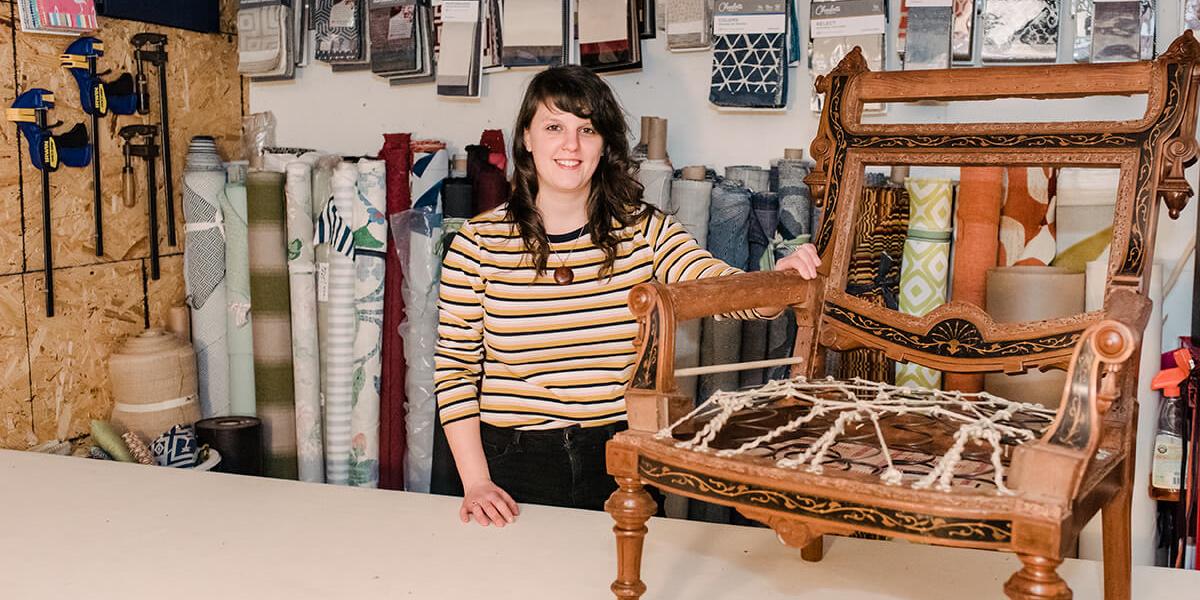Home & Living
Stuffed & Tufted’s Samantha Kuczynski Relishes Being the New Face of Upholstery
Kuczynski takes us inside her Harwood studio—where she's repairing furniture and breaking stereotypes.
It’s a pretty good bet that when you say someone is an upholsterer, what comes to mind is the exact opposite of Sam Kuczynski. For starters, Kuczynski is barely 30 (31 to be exact) and she’s female.
“It’s a curmudgeonly old man job,” laughs Kuczynski (whose full first name is Samantha). But here she is, breaking stereotypes and repairing furniture in her Harwood neighborhood studio, not far from Bottoms Up Bagels’ new retail space on Greenmount Avenue.
The building that houses her workspace is inconspicuous, on a dead-end street, with the only noise coming from CSX trains that roll by loudly, their brakes squealing, throughout the day.
Her shop, called Stuffed & Tufted, is small, well-curated, and often filled with the bones of the chairs, couches, chaises, and settees that she’s working on. There’s an industrial sewing machine, bolts of fabric, tape measures, fabric sample books, quick-grip clamps, a compressor, a staple gun, and a sturdy worktable that Kuczynski built.
This is her happy place—where she listens to music, NPR, and podcasts while she works, or sometimes just the muffled (well, not that muffled) sound of the various bands that also share the building.
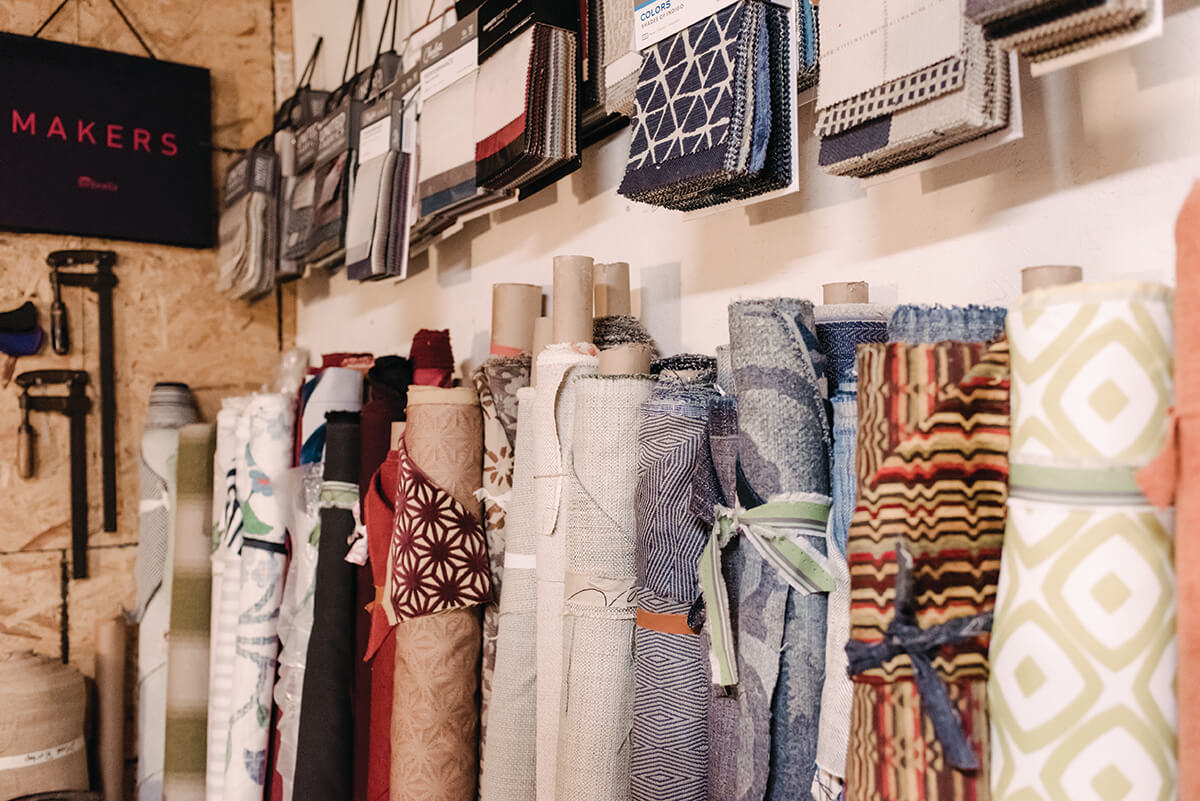
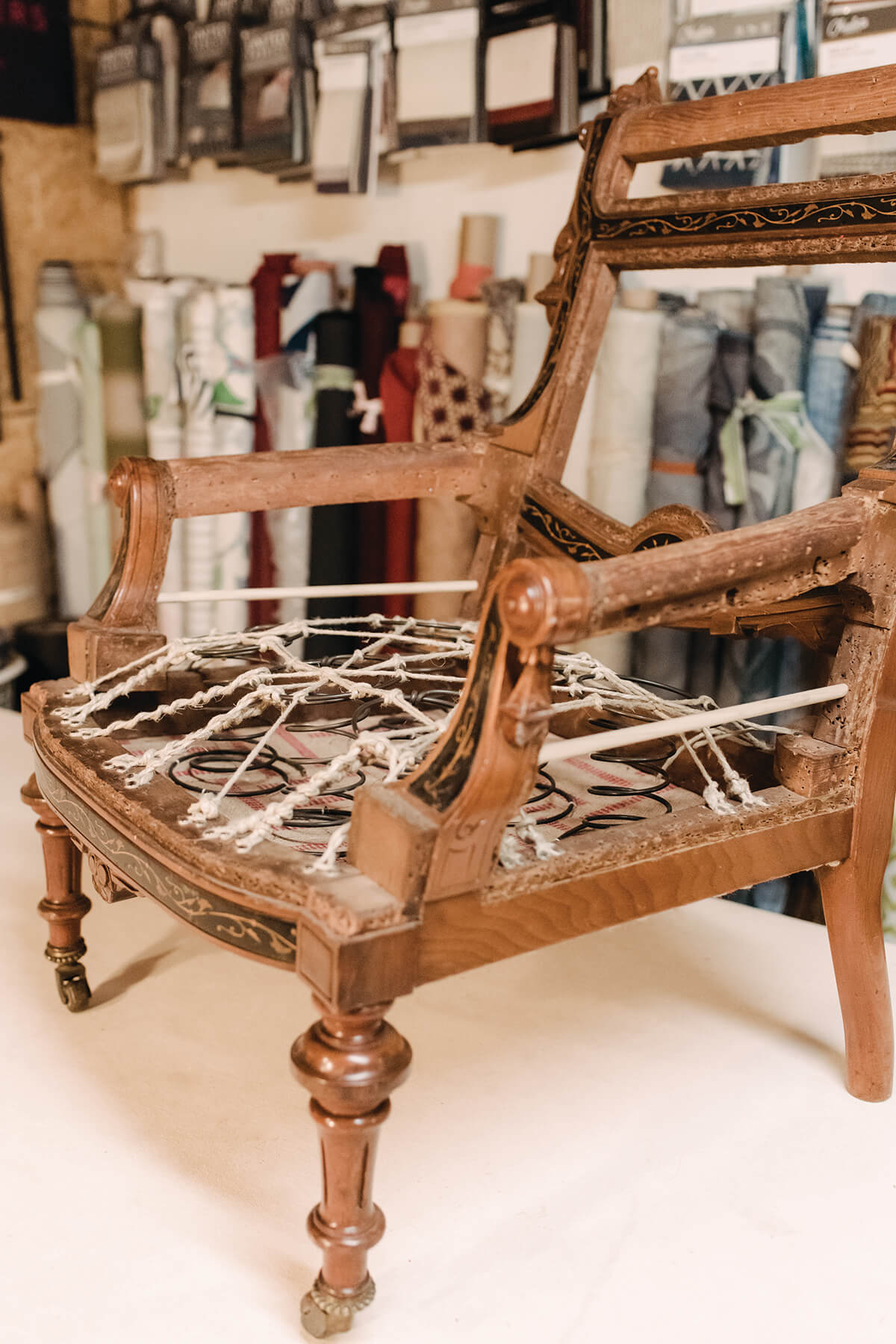
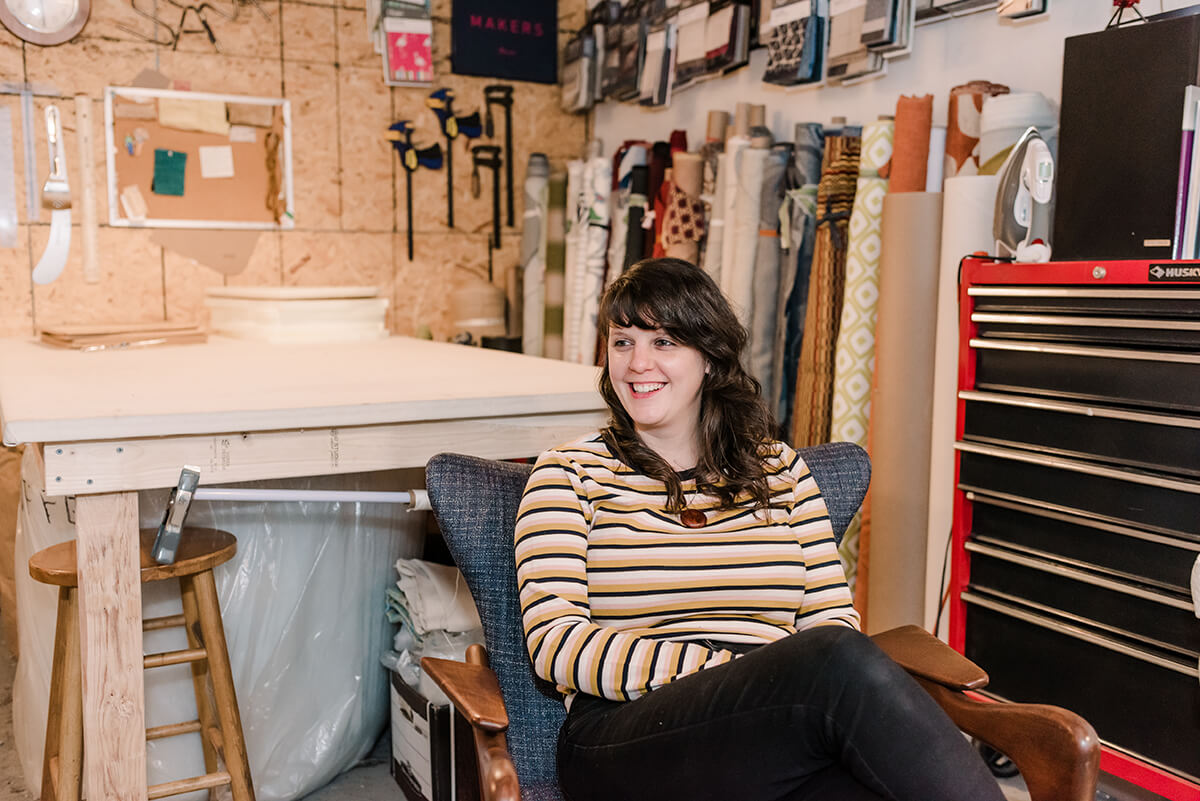
Kuczynski grew up in New Jersey, in the middle of “three airports and seven highways,” she laughs. She attended college in upstate New York, where she studied theater production, focusing on the crafts of carpentry, sewing, and painting. She also spent time supervising the scene shop, where she “learned a lot about project management.”
A summer internship in Vermont, where she was in charge of anything “not nailed down,” solidified her interest in theater props. And after graduation, she landed a coveted spot as prop intern at Baltimore Center Stage. It was a little intimidating, but Kuczynski decided to make the move.
“I had never been to Baltimore until I drove into town,” she says. It also allowed her to reconnect with her college boyfriend, Andrew Limbong, who was interning in Washington, D.C. The two are now married.
Her internship eventually led to a full-time job as the theater’s prop artisan, but when she was let go in 2016, Kuczynski and Limbong decided to stay in Baltimore. She worked as a nanny, a freelance theater technician, and that’s also when she started upholstering furniture outside of her theater work.
“I took on some odd jobs,” says Kuczynski. That included making storage covers for pyrotechnic and lighting equipment and a chuppah for a wedding, all out of her tiny Mt. Vernon apartment.
She soon took on more jobs—moving work projects around her apartment (a chair might end up in the bathroom) as she and Limbong learned to navigate the space. The rule was: If there was a sheet on it, he could sit down.
In August 2018, she finally acknowledged she had created a new career for herself. “I should make this an official business,” she realized, but ended up juggling both upholstery and childcare for another year.
“The nannying gave me flexibility to start up my business, and actually gave me a bunch of connections,” says Kuczynski.
She’s never officially advertised her business. It’s all been through word of mouth and her social media posts, where she shows a lot of before and after pictures of her work (but not until the client gets an in-person unveiling).
She’s a one-woman show for now—scheduling (good luck getting on her book!), researching the history and mechanics behind the pieces she’s working on, answering countless emails, doing her taxes, and less glamorous stuff like taking out the trash.
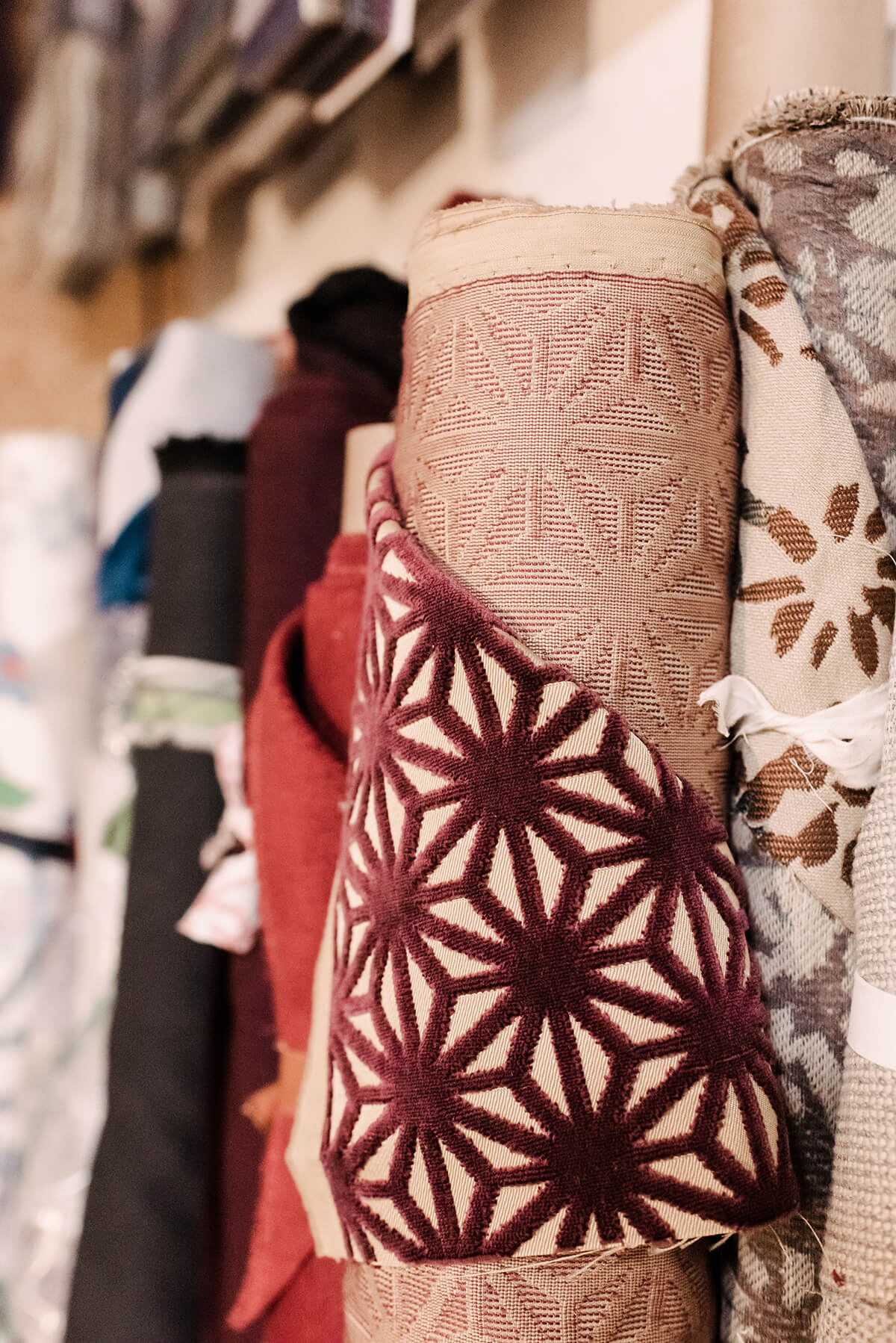
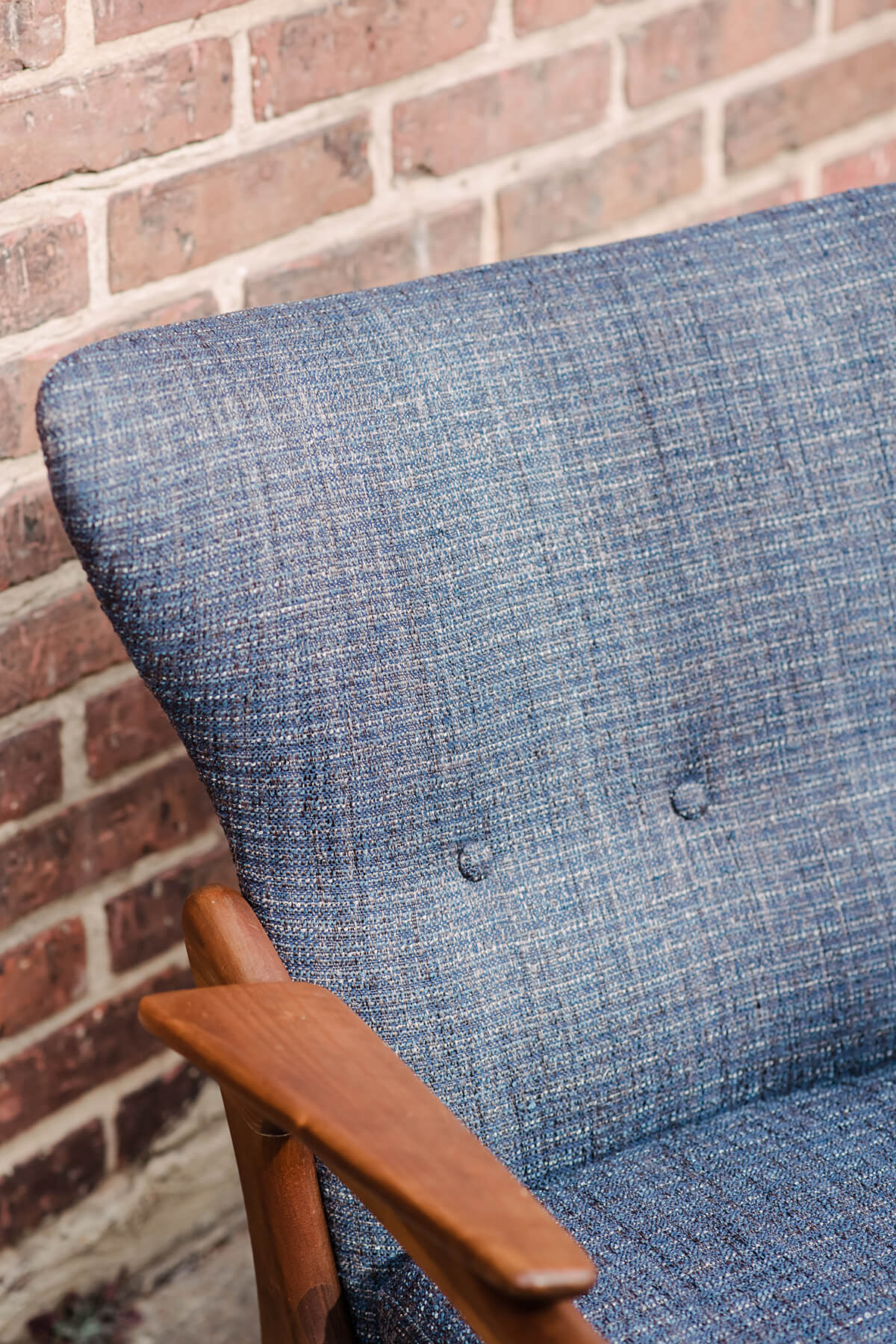
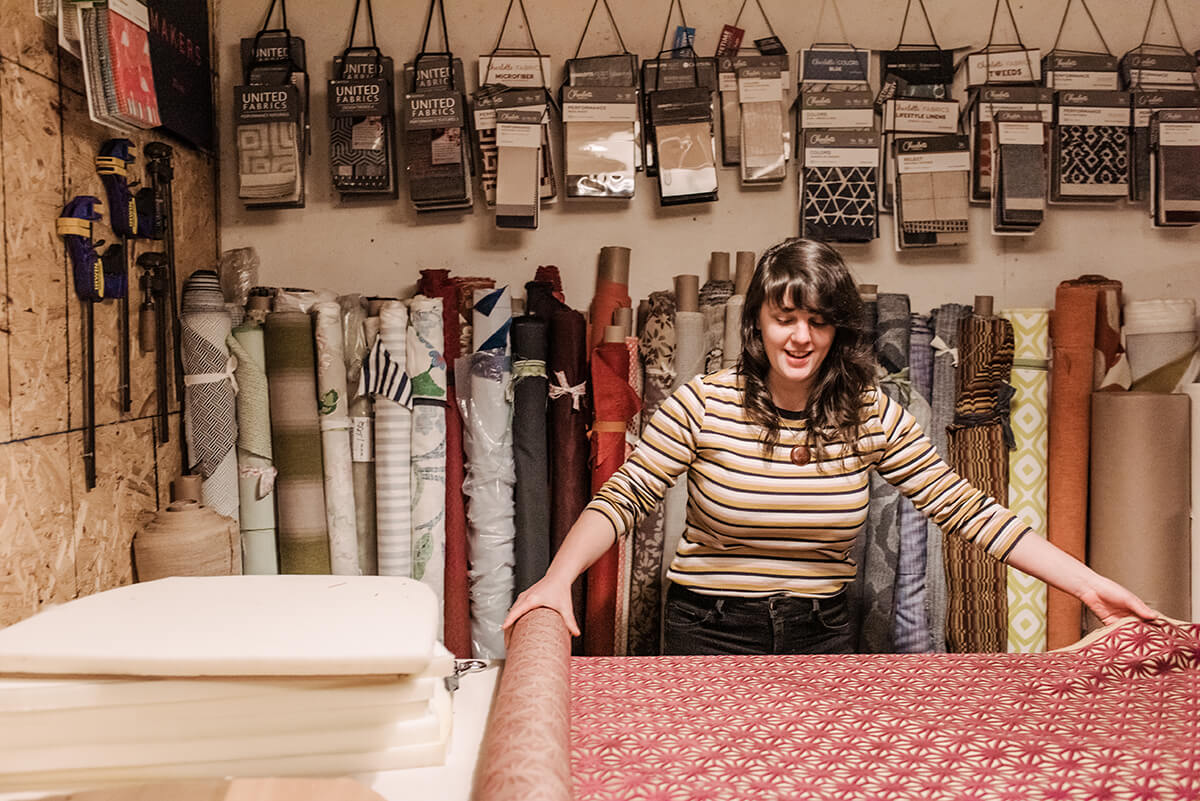
Sometimes, when she finally meets a client face to face, they are surprised to see “Sam” is a hip young woman. But she sees it as a bonus.
“I’m more approachable” and, she cracks, “my edge is I can answer emails.”
It seems to be working—her affable demeanor, vast knowledge of the product (or at least her ability to dig in and research), and her upholstery prowess has attracted even the most highbrow clients with some of the most rarefied furniture.
Take the Victorian parlor set she’s been working on for a year for a gentleman who is renovating a Mt. Vernon mansion and found her on NextDoor. It’s a multi-piece set including a sofa and six chairs (two for gents and four for ladies). It’s a huge undertaking, but Kuczynski loves a challenge.
“Every single job is different; no chair is built the same,” she says. “I love the research and history associated with each piece. I go down a rabbit hole.”
And even when she’s not upholstering, a perfect weekend for Kuczynski involves thrift shopping—for furniture. “I just really love furniture,” she says.
Each piece tells a story and holds on to a little bit of its previous owners. Kuczynski has found lots of crumbs and a few coins in her chairs, wedged down between cushions or hidden under springs. Other treasures: books of stamps, puzzle pieces, pens and pencils, and some “really cool” old toys.
“It’s just so fascinating.” She’s also gotten to work on some fantastic collaborations with local places, including The American Visionary Art Museum, Wishbone Reserve, and Knotty Scarves—a company dedicated to the manufacturing of handmade African textiles. They often have Kuczynski combine their beautiful fabrics with furniture in need of a facelift—including a recent pair of solid mahogany chairs from 1905 paired with their Manjack handwoven fabric. The end result is spectacular eye candy.
“I think there’s a misconception that what we do is just put new fabric on,” says Kuczynski. Or that wear and tear is only visible to the eye. But even a newer piece of furniture tells a different story once you start opening it up.
“It’s what’s going on inside,” she says. Recently, she spent time working on a client’s grandmother’s mid-century sling chair. It had been repaired before (not by Kuczynski), and she had to use a bolt extractor so she could take apart the frame, then remove the fabric and hire a machinist to make new bolts. She patched the original leather and replaced the canvas sling and foam. When the whole process was done, “it looked exactly the same,” she laughs.
“You can’t tell all the hard work that went into it.” But sometimes that’s just what the client wants—the same, but stronger. “I always sneak a sit in clients’ chairs before they go home,” she confessed on her Instagram account. “Honestly, it’s the easiest way to make sure they’re right, but I also relish lounging in so many different styles of furniture.”
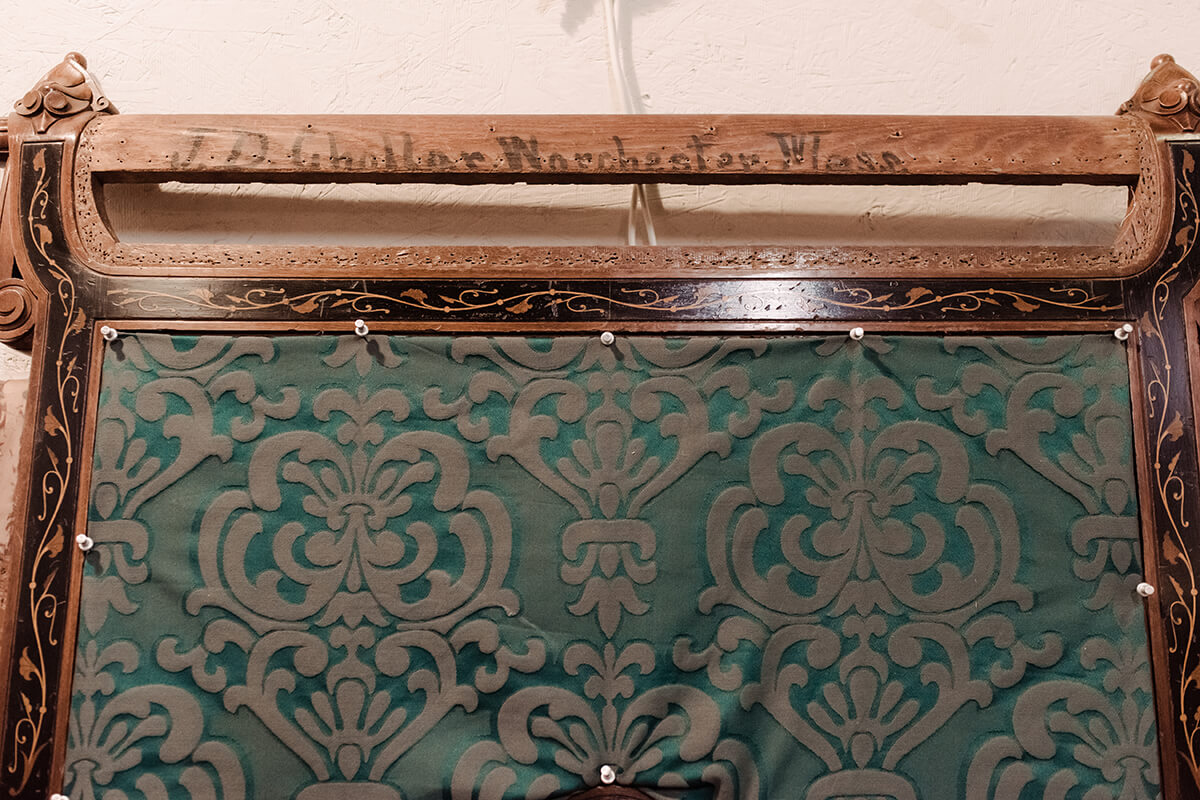
And while this solitary work has continued despite the pandemic—there is an element that she’s missing.
“I really love connecting with people,” says Kuczynski. “I would go into clients’ homes and see where the piece was going to be.” She would ask questions— Is it a high-trafficked area? Will it be sitting in direct sunlight?—that helped her suggest the best upholstery and get to know her clients, many of whom have become repeat customers, on a more personal level.
Now it’s a lot of looking for clues—like a cat in the background of a photograph—so she can offer her best suggestions. For Kuczynski, being part of the entire process is the most rewarding. “I do all the work myself because it’s important to have that connection.”
Although the past year has been, well, intense, Kuczynski sheepishly admits it’s been her best year yet.
“I didn’t think I’d get busier—upholstery is not essential. No one has ever had an upholstery emergency.” But instead, “the opposite happened” and her schedule and waitlist filled. She shrugs her shoulders, “Everyone was home staring at their furniture.”
